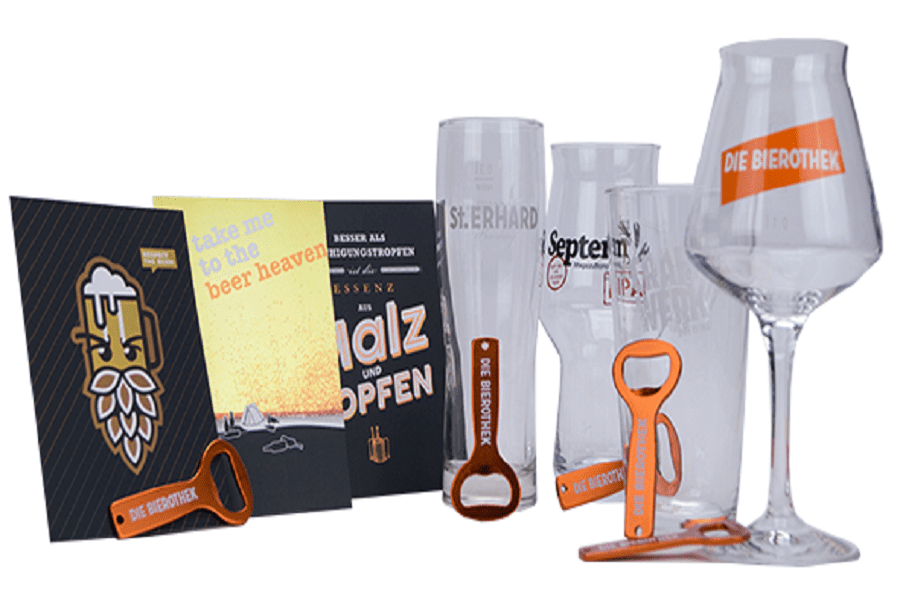Light
The south of Germany is characterized by its incredible variety of beers. The region with the highest density of breweries in the world is located here and it is fair to say that in some places even the tiniest village has its own brewery. Beer is firmly anchored in the tradition of the south and is celebrated every day as a living cultural asset. The styles of the lower half of Germany are as diverse as the techniques, raw materials and recipes. People drink wheat beer, bock, pilsner, smoked beer, dark varieties, if necessary also a non-alcoholic beer or a shandy and of course pale ale.
The latter is particularly popular in Bavaria. This is partly because the Helles go well with the hearty regional cuisine. Snacks, dumplings, roasts, bratwurst, sauerkraut, knuckles, white sausages and even apple strudel, plum cake and Bavesen rolled in cinnamon and sugar harmonize wonderfully with the mild flavor of the golden beer. The fame of the Helles is also due to its incomparably drinkable, subtly balanced and tasty character. Since its invention at the end of the 19th century, its fan base has been growing steadily and we have long been part of it.
Is the light one also for you?
The pale beer usually comes in a crystal-clear, shiny gold tone. Its alcohol content is in the middle and at a pleasant 4.5 to 5.5% allows you to occasionally enjoy more than one glass. The straw-blonde beauty has a malt-focused aroma and taste: a fine bouquet of grain and oven-fresh bread fills the air, while the first sip enchants the palate with full-bodied malt tones, soft sweetness, hints of caramel, honey notes and a subtle hop bitterness. In terms of body, the range of the beer style extends from slim variants to fuller, more stable examples. However, all versions have the high drinkability and wonderful freshness in common.
After almost two millennia dominated by dark, strong and top-fermented beers, the pale beer came onto the scene between the 19th and 20th centuries. The invention of the refrigeration machine was largely responsible for the fact that Munich residents wanted to expand their already wide repertoire of beers to include a pale, bottom-fermented speciality. Up until now, bottom-fermented beers could only be brewed in the colder half of the year due to the lack of refrigeration options, but that changed now. The Munich design differed significantly from the Czech Pilsner: the pale beer was less bitter, a little rounder and much more drinkable. Since then, the beer style has blossomed into an absolute beer garden classic and is a must-have in every beer cellar. rn
Discover our wide selection of the finest Heller beers here and find your new favorite beer!
























